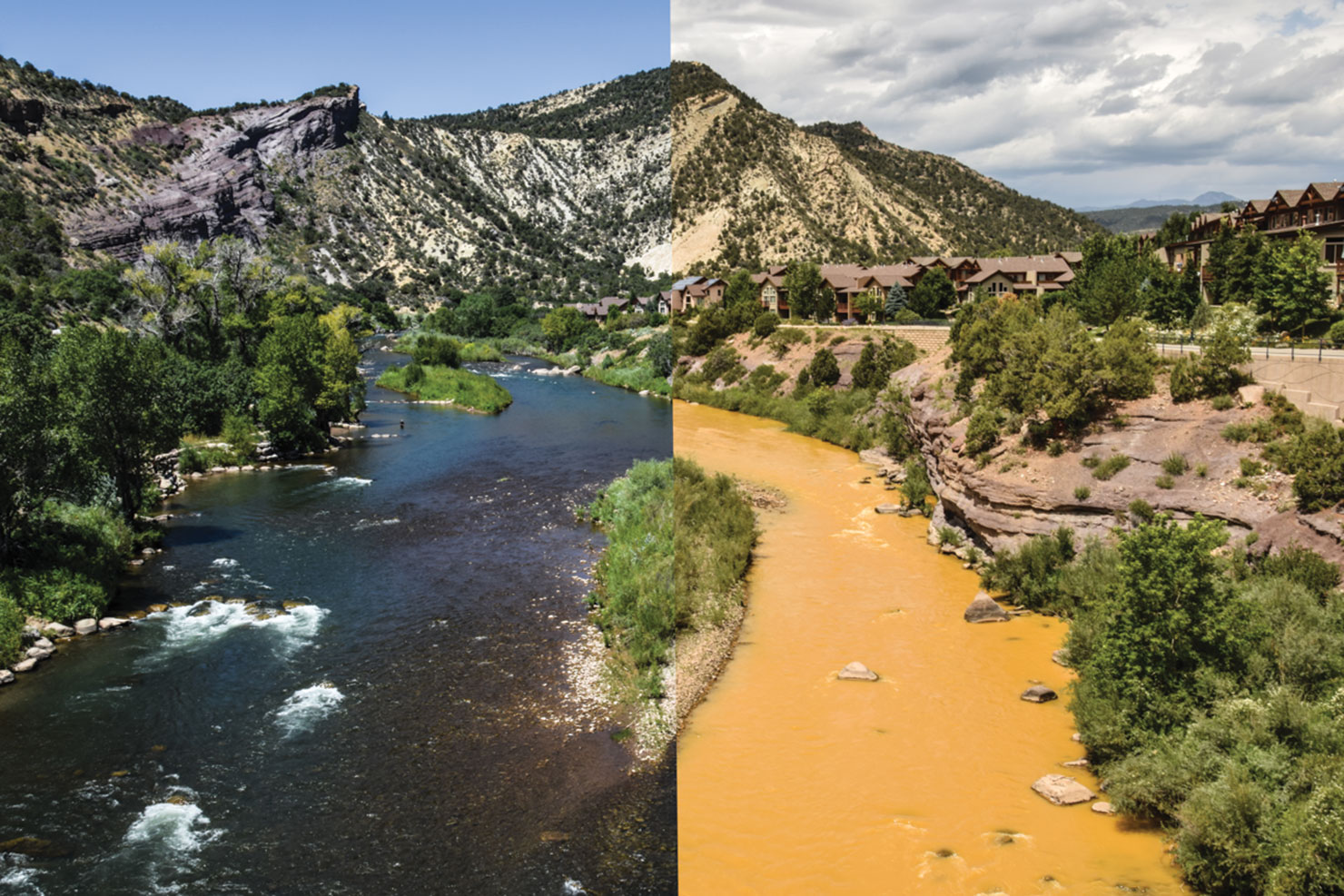August 2018 marks the three-year anniversary of the Gold King Mine spill that sent three hundred gallons of mine wastewater into the Animas River system. Starting the day after the spill, the Colorado Department of Public Health and Environment (CDPHE) in collaboration with San Juan Basin Public Health (SJBPH), the United States Geological Survey (USGS), and San Juan County have run a three-year study of water quality and sediment between Silverton and Durango.
The study analyzed close to 200 river water samples, almost 200 sediment samples, and over 100 private well samples for 13 different heavy metals and other possible contaminants of concern. Analysis indicates that since the spill:
- Water quality, except in Cement Creek, is better than the minimum standards set to protect aquatic life and human uses.
- Additional sampling performed as part of this study revealed that natural variability in river flows produces occasional “spikes” in certain metals that may have been missed in less-frequent sampling.
- Sediment in the Animas River, including beach sediment at six popular Durango recreation sites, poses no risk to human health if common-sense precautions are followed.
- About one-quarter of Animas Valley drinking water wells had naturally-occurring bacteria present, and all wells should receive filtration or treatment.
- About five percent of Animas Valley wells had more serious contamination from heavy metals, nitrates or other forms of bacteria. Heavy metal contamination in these wells arises from the natural geology of the Animas Valley aquifer.
The study is also the first in Colorado to utilize multiple real-time data sensors installed in a river. These sensors produce over 10,000 data points a week on the health of the Animas River system. Since the spill, these sensors have automatically triggered verification sampling of elevated readings on two occasions.
Further investigation revealed that these readings were produced by the collapse of an ice dam and a major storm event, both in Cement Creek, which released additional water with high amounts of metals into the river system. This study is the first of its kind to track these brief fluctuations in water quality to specific events and gives scientists and the community an improved understanding of how the Animas River system functions.
A slideshow summary of the data is available to download at: https://bit.ly/2BGabWy
The full sampling data set is available via the national Water Quality Portal at:
https://bit.ly/2wajSY6 Real-time data will continue to be collected through at least 2020 at five sites between Silverton and Durango. Those data are available here:
https://co.water.usgs.gov/infodata/Animas/index.html.
San Juan Basin Public Health is a local public health agency, governed by a seven-member local Board of Health, serving all residents of Archuleta and La Plata counties. For 70 years, San Juan Basin Public Health has improved the health and environment of Southwest Colorado.

